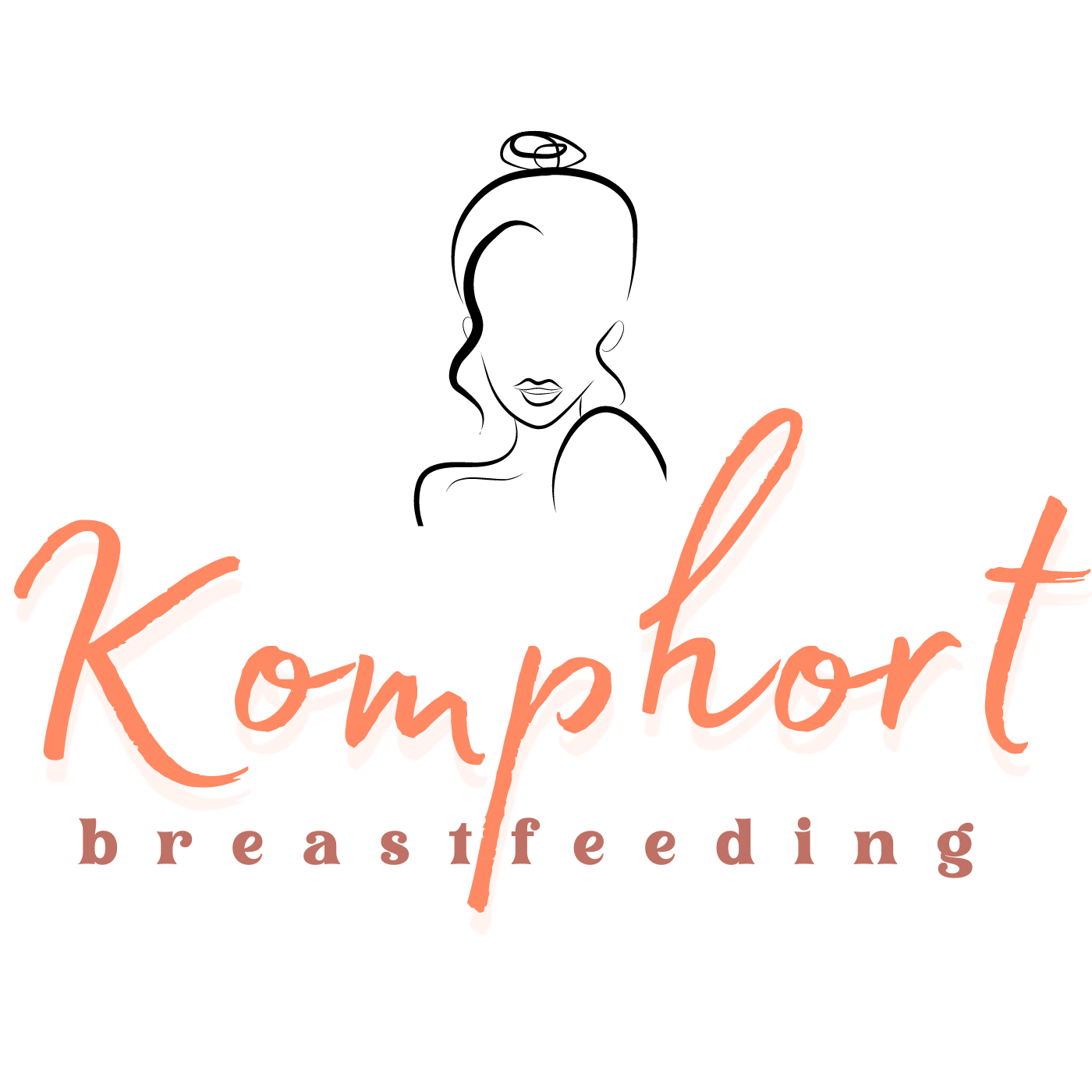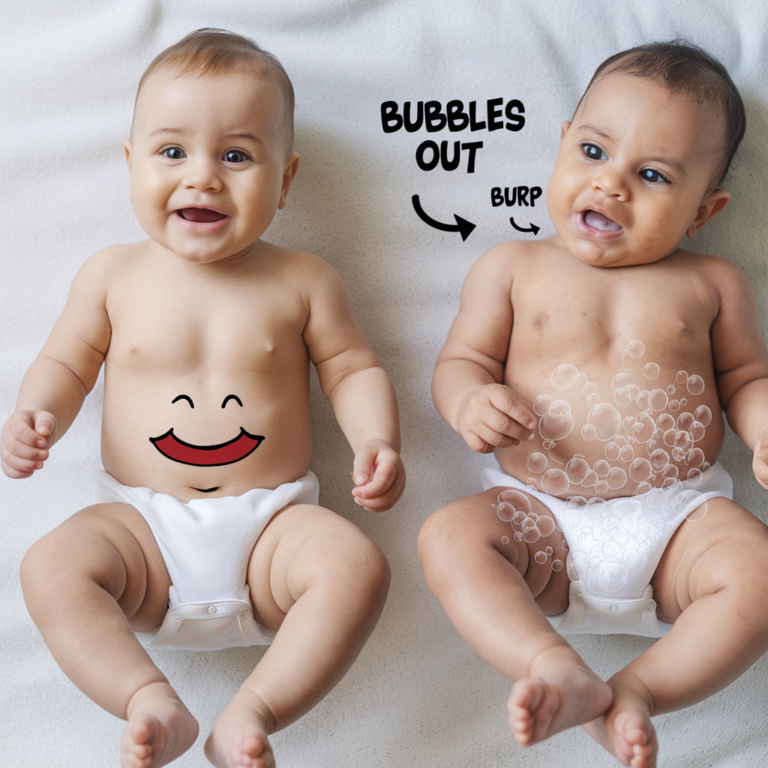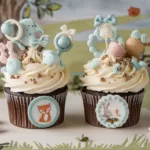Okay, you might be wondering, “Eco-friendly breastfeeding supplies – is that really a thing?” Absolutely!
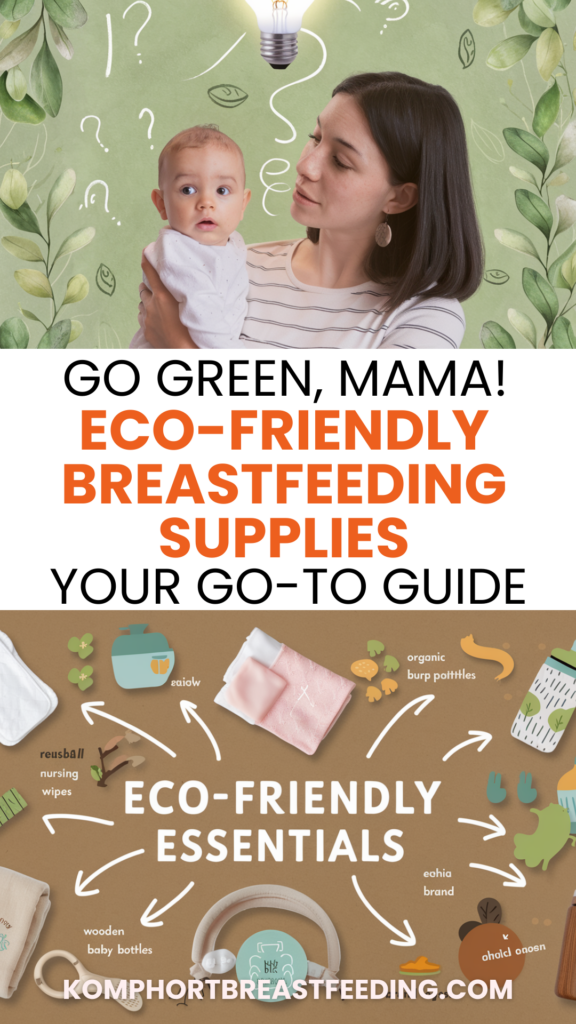
And trust me, once you see why, you’ll be hooked. Let’s quickly look at the awesome benefits for everyone:
For Your Baby: Think gentle! Eco-friendly options mean less harsh chemicals and more natural materials touching your baby’s delicate skin and the milk they drink. It’s all about choosing gentler products for a happy, healthy baby.
For You, Mama: You deserve comfort, mama! Eco-friendly breastfeeding supplies often mean softer, more comfortable products like organic cloth breast pads that are kinder to your skin and can even soothe common breastfeeding discomforts. Taking care of you is key!
For Our Planet Earth: Let’s face it, disposable breast pads, plastic bags, and more create waste. Choosing sustainable and eco-friendly breastfeeding supplies reduces our footprint and helps create a healthier planet for our babies and future generations. It’s a win-win-win!
Your Eco-Friendly Breastfeeding Starter Kit: Must-Have Products
Ready to build your eco-friendly breastfeeding supplies stash? Awesome! Let’s explore some fantastic products that are good for you, your baby, and the eco-system!
Washable Breast Pads: Ditch Disposables for Good!
Let’s talk about breast pads, a staple for many breastfeeding mamas. Those disposable ones? Super convenient, sure, but think about all that waste ending up in landfills. Eek! The eco-friendly solution? Washable breast pads!
Why washable breast pads are amazing:
- Sustainable & Eco-Friendly: Seriously, this is the biggest win! You use them, wash them, and reuse them – no more contributing to landfills with single-use pads.

- Gentle on Your Skin: Many washable breast pads are made from organic cotton or bamboo. These natural fibers are breathable, super soft, and less likely to irritate sensitive skin. Say goodbye to itchy, scratchy disposable pads!
- Money-Saving: Think about how many boxes of disposable breast pads you would buy over months of breastfeeding. Washable breast pads are a one-time buy that saves you money in the long run. Cha-ching!
- More Comfortable: Seriously, many mamas swear washable breast pads are way more comfortable. They often feel softer and less bulky than disposable options. Happy nipples, happy mama!
- Variety of Styles & Materials: You can find washable breast pads in all sorts of shapes, sizes, and materials. Organic cotton, bamboo, hemp – take your pick! Find what feels best for you.
What to look for in washable breast pads:
- Material: Organic cotton and bamboo are fantastic choices because they’re natural, breathable, and absorbent.
- Layers: Look for pads with multiple layers for good absorbency to prevent leaks.
- Shape & Size: Some mamas prefer larger pads for nighttime or heavier flow, while smaller ones are great for daytime. Experiment to find what you like!
- Easy to Wash: Most washable breast pads are machine washable and dryable – super quick and easy to care for!
Quick tip: Start with a few pairs of washable breast pads and see how you like them. You can always add more to your stash later!
Organic Cotton Nursing Bras & Clothing: Comfort & Sustainability Combined
What you wear while breastfeeding matters too! Think about choosing organic cotton nursing bras and clothing. Why organic cotton?

- Gentle on Sensitive Skin: Just like for your baby, organic cotton is grown without harsh pesticides and chemicals, making it super gentle on your skin – especially those sensitive breast areas!
- Breathable & Comfortable: Organic cotton is incredibly breathable and soft, keeping you comfortable all day and night. This is especially important when you’re experiencing hormonal changes and potential temperature fluctuations!
- Sustainable Choice: Organic cotton farming is better for the environment compared to conventional cotton farming. It uses less water and avoids harmful chemicals. You’re making a positive impact with your clothing choices!
- Variety of Styles: You can find organic cotton nursing bras in tons of styles – from comfy sleep bras to supportive daytime bras. You don’t have to sacrifice style for sustainability!
Look for:
- Certified Organic Cotton: This ensures you’re getting truly organic cotton that meets certain standards.
- Comfortable Fit: Nursing bras should be supportive but not too tight. Make sure you can easily access your breast for breastfeeding.
- Adjustable Straps & Closures: These features are super helpful as your breast size might fluctuate during breastfeeding.
Beyond Bras: Consider organic cotton nursing tops and pajamas too! They offer easy access for breastfeeding while being gentle on your skin and the planet.
Reusable Breast Milk Storage Bags & Containers: Say No to Single-Use Plastic!

Storing breast milk? Fantastic! But those single-use plastic bags can really pile up. Let’s explore eco-friendly alternatives:
- Glass Breast Milk Storage Containers: Glass is naturally free of harmful chemicals like BPA and phthalates. It’s durable, easy to clean, and can be reused countless times. Plus, you can freeze and thaw milk directly in glass containers.
- Silicone Breast Milk Storage Bags: Silicone is another great eco-friendly option. It’s flexible, durable, and free of BPA, phthalates, and other nasties. Reusable silicone bags are freezer-safe, leak-proof, and easy to clean.
Benefits of reusable storage:
- Reduce Plastic Waste: Massively reduces the amount of single-use plastic going to landfills.

- Safe & Non-Toxic: Glass and silicone are naturally safe and won’t leach harmful chemicals into your precious breast milk.
- Cost-Effective Long-Term: While the initial price might be a bit higher, reusable containers will save you money in the long run compared to constantly buying disposable bags.
- Durable & Long-Lasting: Good quality glass and silicone containers can last for years and be used for storing other things beyond breast milk once your breastfeeding journey is over.
Tips for reusable storage:
- Sterilize Regularly: Just like with any breast milk storage, sterilize your reusable containers regularly, especially in the early days.
- Proper Cleaning: Wash thoroughly with warm soapy water after each use.
- Label Clearly: Always label your stored breast milk with the date and time it was expressed.
Natural & Organic Nipple Cream: Soothe & Heal Naturally

Nipple cream can be a lifesaver, especially in those early breastfeeding days! But conventional nipple creams can sometimes contain petroleum-based ingredients or lanolin, which might not be the most eco-friendly or natural choices. Enter natural and organic nipple creams!
Why choose natural nipple cream?
- Natural Ingredients: Organic nipple creams typically use plant-based ingredients like shea butter, coconut oil, olive oil, and calendula. These ingredients are gentle, soothing, and help promote healing.
- Less Harmful Chemicals: You avoid petroleum-based ingredients, parabens, synthetic fragrances, and other potentially harmful chemicals that might be found in some conventional creams.
- Gentle for Baby: Many natural nipple creams are considered safe for baby to ingest, meaning you don’t necessarily need to wipe it off before breastfeeding. Always double-check the product label, though!
- Eco-Friendly Packaging: Look for products with eco-friendly packaging, like glass jars or recyclable tubes.
What to look for in natural nipple cream:
- Organic & Natural Ingredients: Check the ingredient list for organic plant-based oils and butters.
- Lanolin-Free Options: If you prefer to avoid lanolin (which is derived from sheep’s wool), look for lanolin-free formulas.
- Minimal Ingredients: Simpler ingredient lists are often better.
- Positive Reviews: See what other mamas are saying about different natural nipple cream products.
DIY Nipple Cream (Quick & Easy!): Did you know you can even make your own DIY nipple cream? Plain organic coconut oil or olive oil can work wonders! Just a tiny dab goes a long way to soothe and moisturize.
Other Eco-Friendly Breastfeeding Essentials to Consider
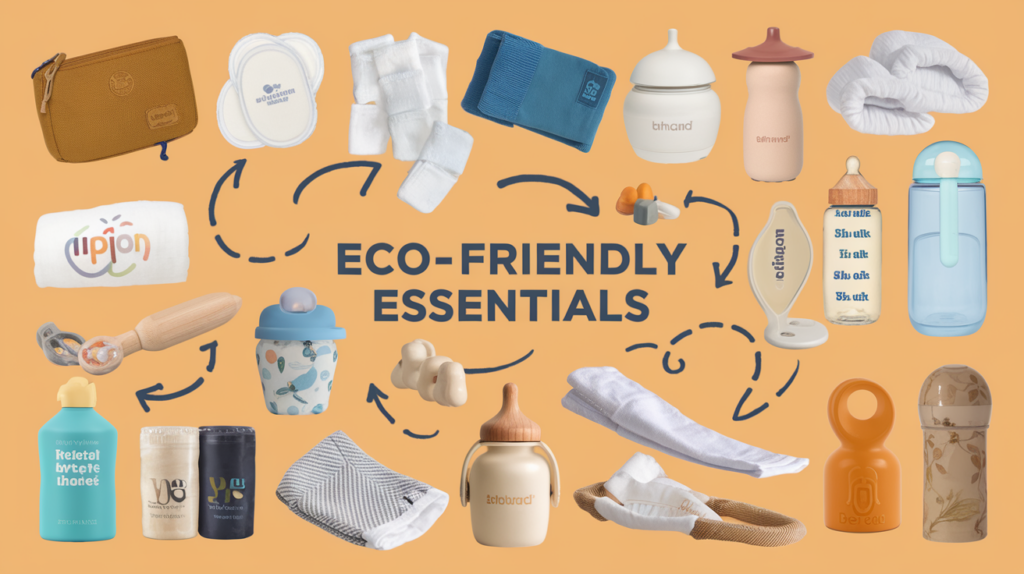
Want to go even greener with your breastfeeding journey? Here are a few more eco-friendly ideas:
- Reusable Nursing Pads for Messes: Instead of disposable wipes, use soft cloth wipes and water to clean up spills and messes during breastfeeding.
- Organic Cotton Burp Cloths: Organic cotton burp cloths are gentler on baby’s skin and more sustainable than conventional cotton.
- Wooden or Plant-Based Bottles (if supplementing): If you are supplementing with bottles, explore options made from glass, stainless steel, or plant-based materials instead of plastic.
- Ethical & Sustainable Brands: Support companies that prioritize eco-friendly practices, fair labor, and sustainable sourcing.
Making the Switch: Tips for Going Green Gradually
Feeling a bit overwhelmed? Don’t worry, mama! You don’t have to overhaul everything overnight. Making the switch to eco-friendly breastfeeding supplies can be a gradual process. Here are some tips:

- Start Small: Pick one or two eco-friendly swaps to begin with, like switching to washable breast pads or a natural nipple cream.
- Replace as You Run Out: As you use up your disposable breast pads or plastic storage bags, replace them with eco-friendly alternatives.
- Do Your Research: Take some time to shop around and view different eco-friendly breastfeeding supplies options. Read reviews and find products that fit your needs and budget.
- Embrace Imperfection: It’s about progress, not perfection! Even small eco-friendly changes make a difference. Don’t beat yourself up if you’re not 100% eco-friendly all the time.
- Share with Other Mamas: Talk to your mom friends about eco-friendly breastfeeding. Share tips and products you love!
Where to Shop for Eco-Friendly Breastfeeding Supplies
So, where can you find these amazing eco-friendly breastfeeding supplies? Here are some places to shop:

- Online Retailers Specializing in Eco-Friendly Baby Products: Many online stores focus specifically on natural, organic, and sustainable baby products. Search for terms like “eco-friendly baby shop” or “organic baby products online“. You’ll find a fantastic selection!
- Natural & Organic Baby Stores: Check out local natural health stores or baby boutiques in your area. They often carry eco-friendly baby products, including breastfeeding supplies.
- Farmers Markets & Craft Fairs: Sometimes you can find handmade cloth breast pads or natural skincare products from local artisans at farmers markets or craft fairs.
- Major Retailers (Online & In-Store): Even larger retailers are starting to carry more eco-friendly and organic baby products. Check the baby section of your favorite stores, both online and in-person.
Keep an eye out for:
- Organic Certifications: Look for certifications like GOTS (Global Organic Textile Standard) for organic cotton products.
- BPA-Free & Phthalate-Free Labels: Especially for storage containers and bottles.
- Sustainable Packaging: Choose products with minimal packaging or packaging made from recycled materials.
Read more: Top 20 Breastfeeding Products for Moms: Must-Haves for a Smooth Journey
Breastfeeding Bliss & a Greener Earth: You Can Have Both!
Mama, you are doing an incredible job breastfeeding your baby! And by exploring eco-friendly breastfeeding supplies, you’re taking that amazing care one step further – extending your love and nurture to our precious planet.

Remember, every eco-friendly swap, big or small, makes a positive impact. You’re not just feeding your baby, you’re nurturing a healthier future for them and generations to come. How amazing is that?!
So, go ahead, mama. Embrace the eco-friendly side of breastfeeding. You’ll feel good knowing you’re making choices that are good for your baby, good for you, and good for our beautiful earth! Happy breastfeeding, and happy planet-loving!
Frequently-Asked Questions:
What supplies are needed for breastfeeding?
Ten Must-Have Items for Breastfeeding Moms
- Nipple shields. …
- Nipple cream or lanolin. …
- Nursing pads and nursing soothies. …
- Boppy/My Brest Friend. …
- Breast pump. …
- Breast pump steam cleaning bags and quick clean wipes. …
- Breast milk storage bags. …
- Nursing cover.
What is the best alternative for breastfeeding?
Cup feeding, spoon feeding, syringe feeding, lactation aids, finger feeding, and paced bottle feeding are alternative feeding methods that allow oral supplementation of the baby who is unable to obtain a sufficient amount of breast milk from the breast.
What is the most environmentally friendly milk?
Soy, oat, hemp, and pea milk are among the most environmentally friendly options due to their lower water usage, land requirements, and carbon emissions compared to dairy milk. Oat milk, in particular, is praised for its minimal environmental impact, while hemp and pea milk are also sustainable choices. To further reduce your environmental footprint, opt for plant-based milks packaged in recyclable or compostable containers.
What is best for breast milk supply?
To support breast milk supply, focus on staying hydrated and eating a nutrient-dense diet. Prioritize protein-rich foods like lean meats, eggs, dairy, beans, and lentils. Incorporate whole grains, healthy fats, and a variety of fruits and vegetables to provide essential vitamins and minerals. Some lactogenic foods, like oats, flaxseeds, and leafy greens, may also help boost milk production. Additionally, frequent nursing or pumping can encourage a steady supply.
What supplies do you need for a lactation room?
A well-equipped lactation room should include:
- Comfortable seating – A supportive chair for relaxation during pumping or nursing.
- Small table or shelf – For holding a breast pump, bottles, or personal items.
- Privacy features – A locking door or privacy curtain if shared.
- Refrigeration unit – A mini-fridge to store expressed milk safely.
- Power outlets – For electric breast pumps and chargers.
- Good lighting & ventilation – A well-lit, comfortable, and fresh space.
- Hand sanitizer or sink – For hygiene before and after pumping.
- Storage solutions – Hooks or lockers for personal belongings.
Adding calming decor and low noise levels can make the space feel more welcoming for breastfeeding mothers.
Find Practical Mom Tips to Make Life Easier!

Breastfeeding is a journey, and I’m here to support you every step of the way. If you’re looking for even more practical advice, real-life tips, and encouragement, be sure to check out my YouTube channel!
Whether you’re tackling common breastfeeding challenges or just need a confidence boost, you’ll find a wealth of resources to help you thrive on this amazing journey. Click here.
